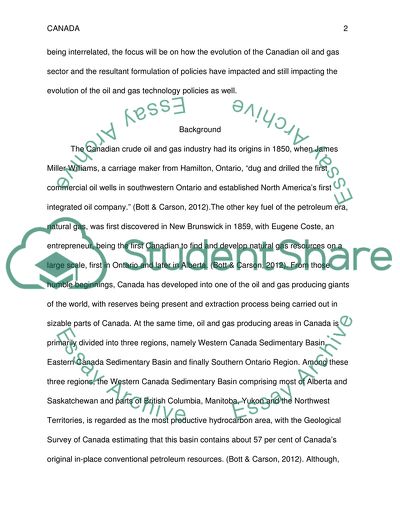Cite this document
(“The evolution of the oil and gas technology policy Research Paper”, n.d.)
The evolution of the oil and gas technology policy Research Paper. Retrieved from https://studentshare.org/miscellaneous/1638627-the-evolution-of-the-oil-and-gas-technology-policy
The evolution of the oil and gas technology policy Research Paper. Retrieved from https://studentshare.org/miscellaneous/1638627-the-evolution-of-the-oil-and-gas-technology-policy
(The Evolution of the Oil and Gas Technology Policy Research Paper)
The Evolution of the Oil and Gas Technology Policy Research Paper. https://studentshare.org/miscellaneous/1638627-the-evolution-of-the-oil-and-gas-technology-policy.
The Evolution of the Oil and Gas Technology Policy Research Paper. https://studentshare.org/miscellaneous/1638627-the-evolution-of-the-oil-and-gas-technology-policy.
“The Evolution of the Oil and Gas Technology Policy Research Paper”, n.d. https://studentshare.org/miscellaneous/1638627-the-evolution-of-the-oil-and-gas-technology-policy.


